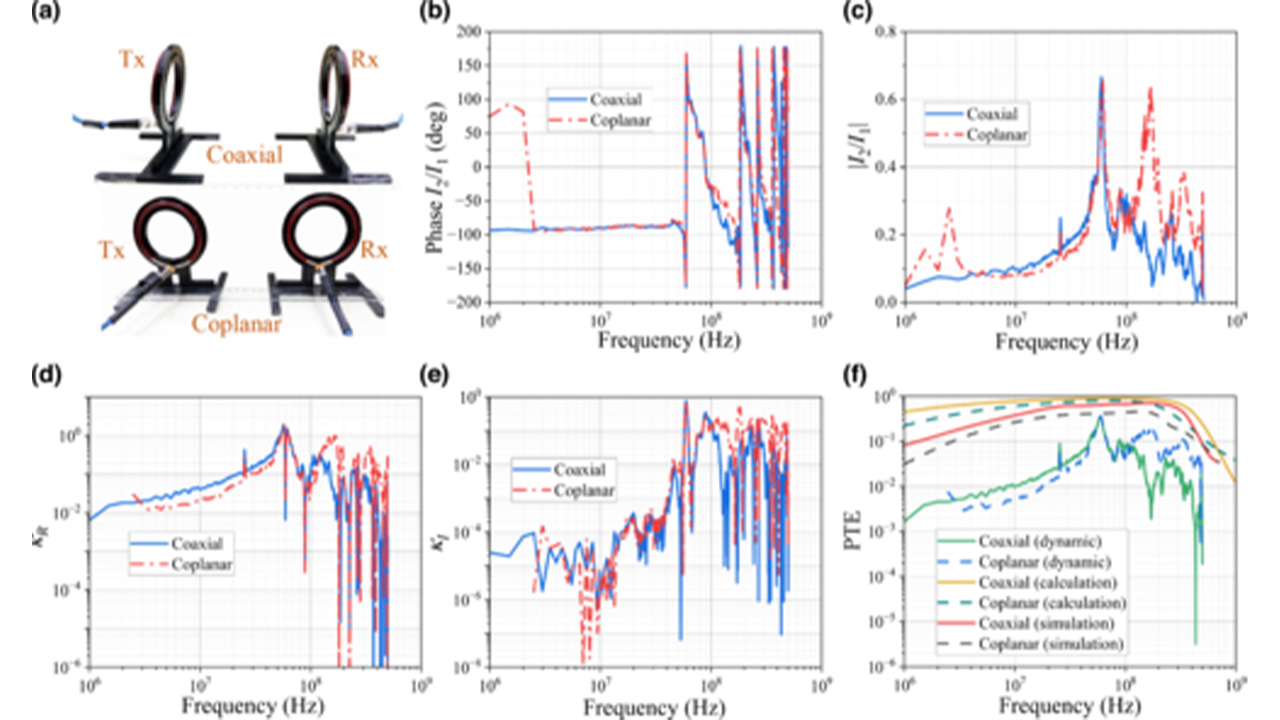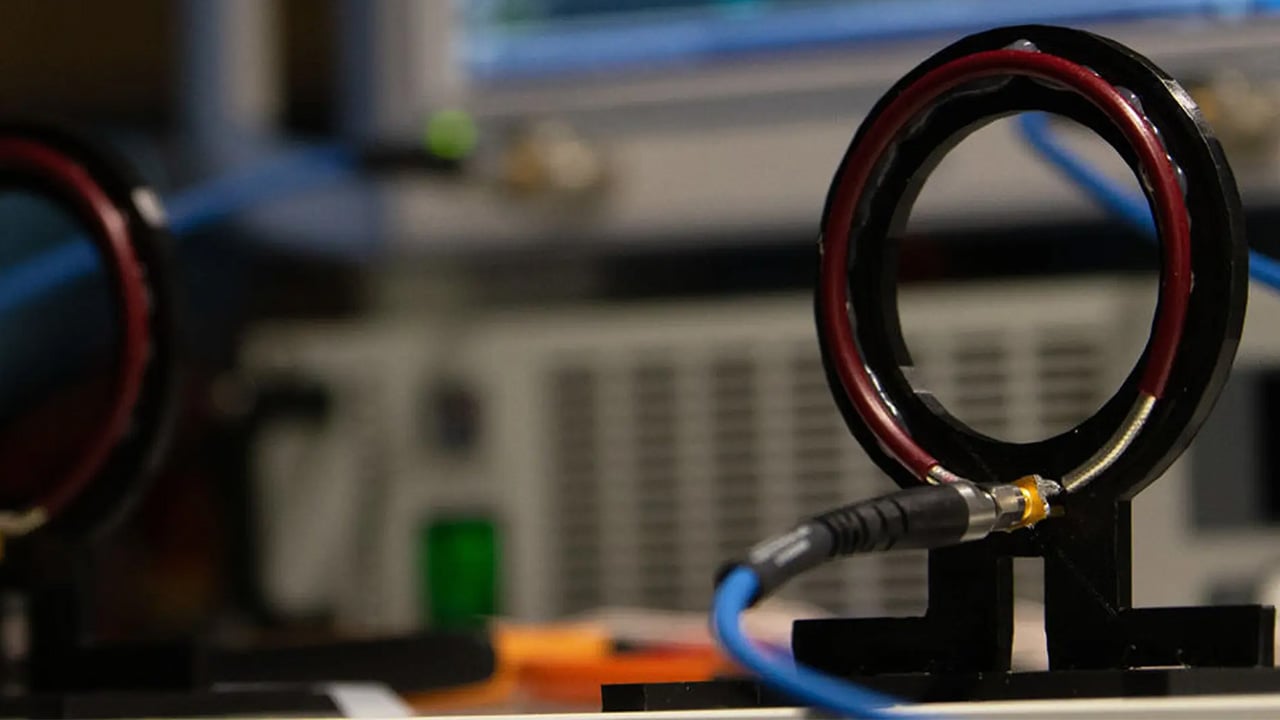Wireless charging is getting more and more popular these days. We can see this technology it in our phones and even things like AirPods. However, when we look at the usage rates, the numbers suddenly start to drop suddenly. This is mostly because wireless charging isn’t truly ‘wireless’. Your device needs to touch a charging pad, and that can be harder than just using a USB-C or Lightning cable. However, engineers at Aalto University have developed a new system that can fix this. Here are the details…
Aalto University Researchers Develop Long-Distance Wireless Charging System
As mentioned above, currently, wireless charging requires a device to be placed on a pad or dock, which isn’t much more convenient than wired charging. For example, even though I have a wireless charging pad and my phone supports this technology, I almost never use it. Experts aware of this situation aim to achieve truly wireless charging without the need for contact with any surface.


Current wireless charging technologies use magnetic induction to transfer power over short distances, but this limits the range of the charger and the amount of power that can be transferred. Of course, it is possible to increase this range. However, the efficiency of wireless charging decreases rapidly as the distance between the power source and the receiver grows. That’s why researchers have been working for some time to find a way to increase the range without sacrificing efficiency. Now, engineers at Aalto University have created a new system that could allow for more efficient wireless power transmission over longer distances.
Before going into more detail, it’s worth noting that this isn’t the work of a company like Apple or Xiaomi. Therefore, there isn’t a product you can buy in the near future. In fact, there isn’t even a product at all. The Aalto team has merely developed a new dynamic theory. While this is indeed a significant step and some tests have been conducted, it is still only a research study. However, it’s also good to remember that such studies are the foundation of all modern technologies.
The team tested the idea using two loop antennas, each 7.2 cm (2.8 in) wide. By tweaking the currents in the antennas, they were able to suppress the radiation resistance in the loops and increase the efficiency. Even when placed 18 cm apart, the power transfer efficiency remained high at over 80%. Here is the statement of the Aalto research team on the subject:
“We wanted to balance effectively transferring power with the radiation loss that always happens over longer distances,” said Nam Ha-Van, lead author of the study. “It turns out that when the currents in the loop antennas have equal amplitudes and opposite phases, we can cancel the radiation loss, thus boosting efficiency.”
You probably didn’t think that 18 cm was much, which isn’t really a great distance. But as we said, this is only the first step in technology and it is likely that it will near perfection in the future. This could have a big effect on how we use our gadgets. Especially when you consider that companies like Apple and Samsung have removed the charger from the box for some products like phones. So, what are your thoughts on this topic? Do you use wireless charging technology in your daily life?
RELATED:
- Best Action Cameras 2023: Insta, GoPro, DJI & More
- Fast charging powering 80% of smartphones, average hits 34W in Q1 2023
- iPhone 15 rumored to feature an enhanced 40W charging and major MagSafe advancements
- Tesla is Introducing Solar Charging for its Vehicles to Reduce Electric Bills
- Eternal City, The World’s First DIY Space-Themed Charging Station Launched on Kickstarter







